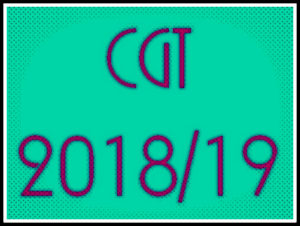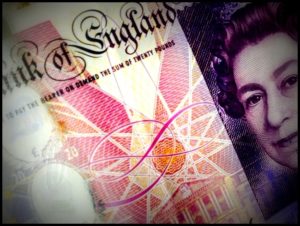
There are some changes coming to the rules for Rent a Room relief in 2019.
Rent a room relief gives an exemption from income tax on profits of up to £7,500 to individuals who let furnished accommodation in their only or main residence.
Rent a room relief provides income tax relief for those letting out furnished accommodation. It was introduced in 1992 to encourage individuals to make spare capacity in their homes available for rent. The government intended this to increase the quantity and variety of low-cost rented accommodation, giving more choice to tenants and making it easier for people to move around the country for work.
The changes that are being introduced on 6th April 2019 are intended to make sure that the tax relief is used as it was intended, to encourage people to use their spare rooms to provide additional accommodation for people.
The change that is being introduced is that at some point during the period when the room is being rented out, the person in receipt of the income from the lodger must be residing in the property while money is being received for the extra room(s).
This means that you cannot claim the relief if, for example, you are on holiday for the whole of the period when the room is being rented out.
One example given is that if you rent out rooms in your home during the Wimbledon tennis championships, you must be resident in your home for at last part of that time.
So the additional test is essentially a ‘shared occupancy’ test and if the person in receipt of the income cannot satisfy this test then they will not be entitled to claim the Rent-a-Room relief.
You can find further details of the changes here.


 This is a summary of the Capital Gains Tax Allowance for 2018/19.
This is a summary of the Capital Gains Tax Allowance for 2018/19.
